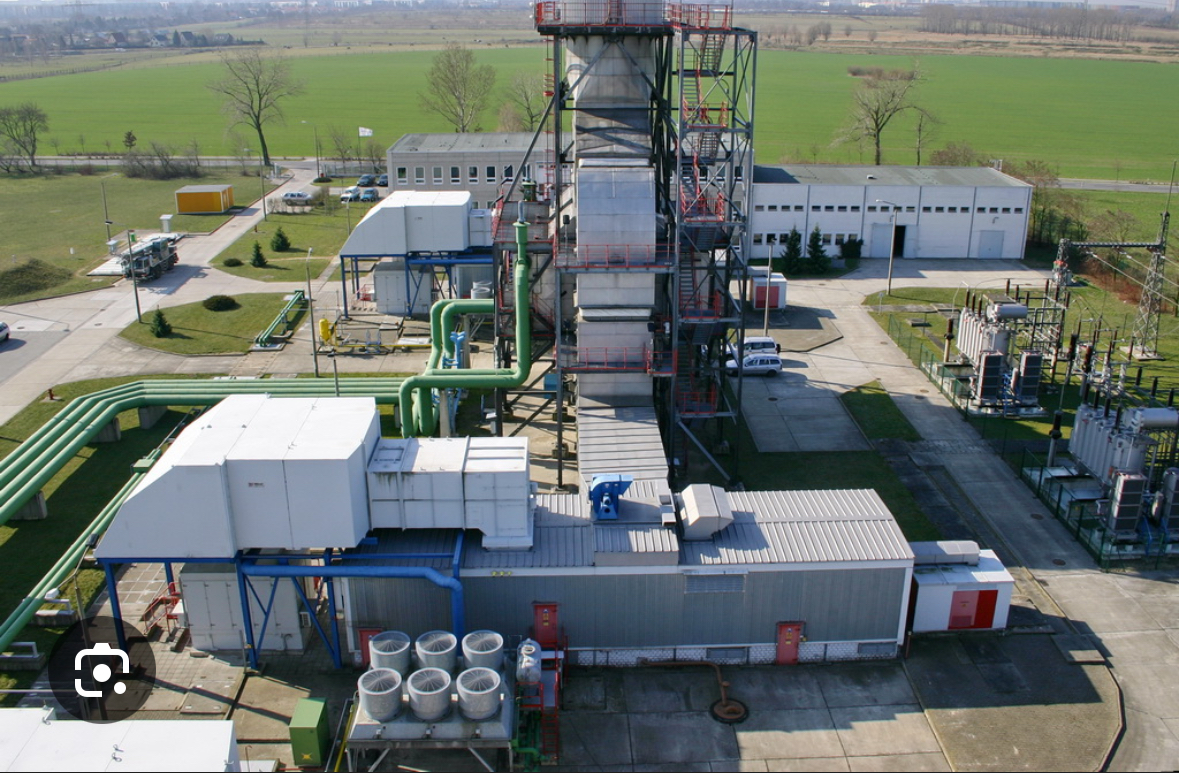$VIE (-0.76%) - I have selected this as my new savings plan entry. Strategically, I think wastewater is really quite good as a non-cyclical buy & hold for eternity. What do you think?
Here are my thoughts:
For defensive stocks, I used to bet relatively heavily on utilities (15 years ago) - at that time electricity producers like $EOAN (+1.4%) (EON) or $RWE (+0.25%) (RWE) or $CEZ (-0.47%) (CEZ) . My idea at the time was: electricity will always be needed - in the future even more than today. However, the problem was then the state (de)regulation (free choice of supplier, division between grid operator and electricity supplier) and the energy transition in Germany (more decentralized electricity instead of large power plants). I then gradually sold these shares.
In the case of water and wastewater, however, it is not easy to decouple network and provider, as there is no coherent national network for water and wastewater. In the case of wastewater in particular, there is only one treatment plant where the sludge flows, and there are no branches or alternatives. The operator therefore has a virtual monopoly here. Many municipalities no longer want to operate the plants themselves and outsource supply and disposal to companies such as $VIE (-0.76%). The fact that the state or the municipalities are much more directly involved (unlike with the electricity supply) means that I don't believe that legislators have any great interest in stirring up the market through regulation.
Water and wastewater disposal will always be needed, which is why the sector is extremely crisis-proof in my opinion. The pollution of water and the need for drinking water treatment will also tend to increase significantly. Here, too $VIE (-0.76%) and has the necessary expertise in drinking water treatment. The dividend is currently over 4% and the dividend growth looks very good.
(Illustration created with lovart.ai, modified in Photoshop)




















